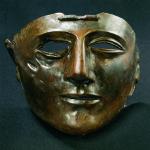Exhibition: Classical and Near Eastern Antiquities
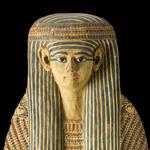
Egypt
Artifacts from ancient Egypt’s entire 3000 year history are on display in the National Museum’s Egyptian exhibition. See mummies, amulets, clothing, and many other grave goods, and learn more about the Egyptian rituals for the dead and about life in the underworld. Reliefs, statues, jewelry, and small figurines illustrate the rich visual world of the ancient Egyptians and their beautiful hieroglyphic script. Other artifacts illuminate life along the Nile River, the many gods of the ancient Egyptians, and pharaoh, the divine ruler.
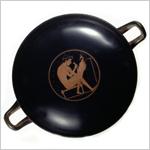
Greece
Everything has a story, or rather, many stories to tell. With us, the stories deal with the people who created and who used the exhibited artifacts. See, for example, expressions of the art of the best vase painters in Athens, how the imagery of the vases reveals the lives of citizens and slaves, of children and adults, actors, athletes and warriors – especially when they can be experienced, as they are here, together with statuettes, marble sculptures, engraved reliefs, lamps, jewelry, weapons and tools.
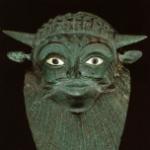
Italy and the Roman Empire
A visit to the National Museum’s collection of Classical and Near Eastern Antiquities is a good way to begin to learn about the ancient cultures and history of Italy. The exhibition includes many artifacts from the ancient Etruscans, which reveal how they lived, and how they buried their dead. Experience the Etruscan’s impressive military equipment and their characteristic coal black pottery. The ceramics from the Greek colonies in southern Italy especially stand out - the shapes are often monumental, with sumptuous decoration. Witness on these vases marriage ceremonies, scenes from the theater, images of the lives of the gods and of life in the underworld.
In the Roman section, the beautiful mosaic floors, marble sculptures, carved sarcophagi, and imperial portraits are all worth the visit. Artifacts illustrate Rome’s role as a superpower, but also the daily life of the populace, and how people lit their houses with small oil lamps, or how they provided water to their houses with (poisonous) lead pipes.
Visitors can also become acquainted with the many gods of the Roman Empire and experience Roman culture in Egypt and other far-flung provinces.

The Near East
View artifacts from Danish excavations in the Near East – primarily from the ancient town of Hama in Syria, but also from Shilo in Palestine, home to the Ark of the Covenant according to the Old Testament, and, among other places, from Luristan in the rugged Zagros Mountains of western Iran.
Many other objects in the exhibition have come to the Museum over time as gifts, or have been bought or traded – for example, a small fragment of a relief brought home from Persepolis in Iran by the 18th century traveler, Carsten Niebuhr, or three stone reliefs brought back from the palace of the Assyrian king Ashurnasirpal II in Nimrud, Iraq.
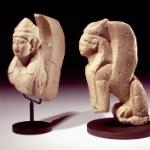
Cyprus
Here we illustrate millennia of art and culture on the island where, according to legend, Aphrodite, the goddess of love, was born. Some of the finest objects come from the Sanctuary of Athena at Lindos on the island of Rhodes, offerings from Cypriote merchants in the hope that the goddess would provide a good wind and good trading during their journey. See also wonderful examples of red polished pottery from Lapithos, in the northern part of Cyprus, dating to the Early Bronze Age, and two 5-4th century BCE graves from Marion, in the northwestern part of the island.

